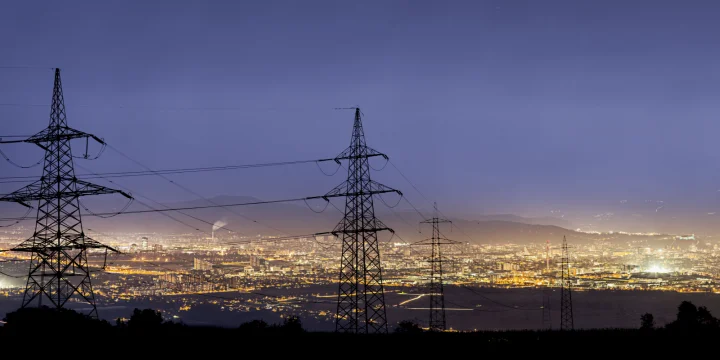
Power Loading Reduction
Challenge
In the power utility industry, independent system operators (ISOs) are quasi-governmental organizations that serve as neutral market-makers between power generation companies and consumers to help ensure the power grid performs at maximum efficiency and reliability. While they don’t own generation, transmission, or distribution assets, nine ISOs play an important role to balance the supply and demand for power in North America.
Dramatic increases in real-time power prices often result in sharp load reductions, as commercial energy consumers increase onsite generation and shut down their equipment for several minutes or more to avoid paying top dollar. ISOs need to manage their power supply following these load reduction events to prevent outages when the load returns to normal.
An ISO responsible for managing the power grid for 30 million residents in a South-western U.S. state needed a way to create models and forecasts for load-reduction events, enabling it to react quickly to any upset in the grid, making sure the right amount of power is ready to go when demand increases. Roughly 100 engineers and data scientists work together in a control room with a view of what is happening across generators and producers. Having access to power-reduction forecasts would greatly improve their ability to plan. Avoiding outages drives the public’s trust in their utility.
Solution
The ISO’s engineers used Seeq advanced analytics software to identify load-change events and quantify the magnitude of each event based on price changes. Seeq’s application provided a load forecast model to the ISO’s operators.
The team was able to determine the amount of load reduced in response to high-price spikes by identifying the load reduction times and performing analytics using Seeq. A report was created summarizing results, enabling operators to prepare for how much load will return when the price comes down to normal levels.
Armed with that information, the team can make sure there is enough power generation capability ready to go to after load-reduction events.
Results
Creating a model to better understand and prepare for load-reduction events helps prevent service disruptions and maintains high levels of customer satisfaction among both power producers and end consumers of energy. The analytics solution helps the ISO quickly identify load responses to high-price events. Operators are now able to anticipate power grid requirements following a high-price event. Before using Seeq, the operators would have to do guesswork to anticipate the load recovery. Seeq’s data-driven approach from the Seeq model was much more reliable.
Being able to model and plan for power generation needs after load-reduction events enables the ISO to maintain high reliability for power generation in its region, a key tenet of its operation.
Data Sources
- OSIsoft PI: Process Historian
- OSIsoft PI AF: Asset Hierarchy
Data Cleansing
- Filtered signals to clean noise
- Used a “feed forward” by delaying the signal to find sudden drops in the load signal
Calculations & Conditions
- Conditions for load drops and price spikes
- Composite conditions for load drops and price spikes
- Scorecard aggregations to find magnitude of power load drops during reduction events
Reporting & Collaboration
- Organizer Topic to show charts and metrics over various time frames to provide insight and context to the operators